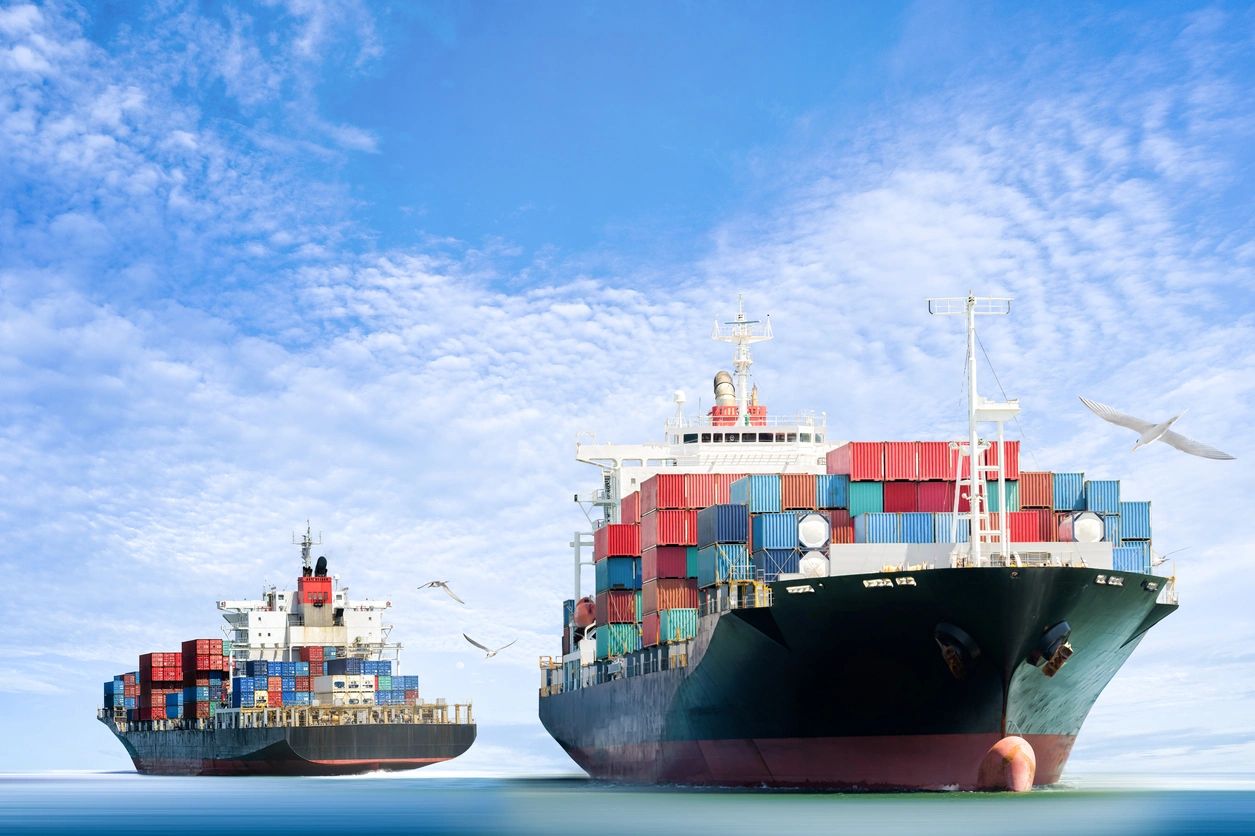
Operational Resilience: Mitigating Tariff and Cost Pressures Through Smarter Packaging Line Performance
Operational Resilience: Mitigating Tariff and Cost Pressures Through Smarter Packaging Line Performance
In the face of rising tariffs and supply chain volatility, manufacturers must optimize internal operations to maintain margins and meet consumer demand. This white paper explores how advanced automation, line integration, and smart material usage reduce downtime and operating costs—especially in packaging lines. Learn how companies are responding to cost volatility by tightening energy usage (air, gas, water) and investing in high-efficiency packaging operations to remain competitive without sacrificing quality or throughput.

Executive Summary
With inflationary pressures, global tariff shifts, and supply chain volatility reshaping the food and beverage landscape, manufacturers can no longer rely on traditional operational models. This paper explores how companies are building resilience by focusing on packaging line efficiency—specifically targeting utility reduction, downtime elimination, and automation integration. InnoFlex Solutions, LLC outlines actionable strategies that reduce OPEX and improve throughput without requiring massive CAPEX.
1. The Tariff & Cost Challenge in Food & Beverage
Global trade volatility—driven by shifting tariffs, regulatory changes, and geopolitical risks—has made input costs unpredictable. At the same time, energy prices and labor costs continue to climb. This makes it more difficult for manufacturers to maintain profitability using conventional methods.
Key cost pressures include:
- Energy (air, water, gas, vacuum) for packaging operations
- Repacking and transportation inefficiencies
- Aging equipment leading to frequent stoppages and downtime
- Increasing labor shortages and higher wages
2. Where Most Lines Fail: Common Operational Pitfalls
Packaging lines, often an afterthought in design, now represent one of the biggest levers for cost savings—or loss. We’ve identified three core pitfalls:
- Excess utility usage: Packaging systems often consume more air, gas, and water than necessary due to leaks or inefficient configurations.
- Frequent stoppages: Minor stoppages and changeovers account for up to 20% of lost production time.
- Lack of automation data: Without digitized performance tracking, companies struggle to optimize across shifts or SKUs.
3. Building Operational Resilience: Smart Line Optimization Strategies
A. Utilities Reduction
- Use automated flow control systems to regulate compressed air and vacuum use.
- Introduce closed-loop water systems for washdown and cooling processes.
- Track energy consumption by line and shift for real-time cost control.
B. Downtime Elimination
- Conduct line balancing studies to identify bottlenecks.
- Implement predictive maintenance based on runtime data.
- Standardize changeover procedures using AI and machine learning to reduce SKU-to-SKU variability.
C. Performance Visibility
- Deploy IoT-connected sensors and cloud dashboards to monitor line status.
- Integrate smart HMI systems to alert operators to inefficiencies.
- Establish digital SOPs to ensure best practices are followed across shifts.
4. Case Snapshot: Mid-Sized Beverage Co. Cuts Packaging Downtime by 34%
InnoFlex Solutions partnered with a North American beverage manufacturer to revamp their club pack line. Through utility audits, flow optimization, and a modular changeover platform, the client:
- Cut downtime from changeovers by 34%
- Reduced compressed air use by 18%
- Recovered $124,000 annually in OPEX savings
5. The InnoFlex Advantage
As a combined force of InnoFlex and Product Flow, our team delivers:
- Engineering-led evaluations of packaging lines
- Quick-turn retrofit and hybrid automation solutions
- Digitally integrated tools for real-time visibility and performance benchmarking
6. Final Thoughts
Resilient operations don’t require massive capital outlays—they require smarter configurations, connected systems, and a clear path to ROI. As tariffs and cost
pressures mount, manufacturers who optimize packaging lines now will be best positioned to lead tomorrow.
